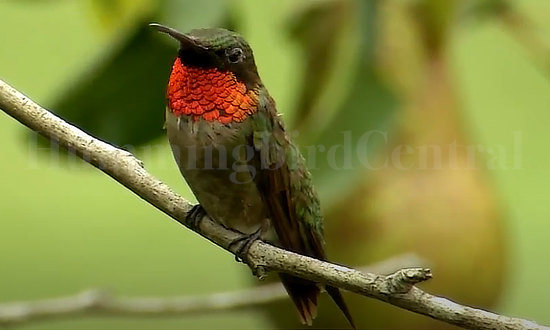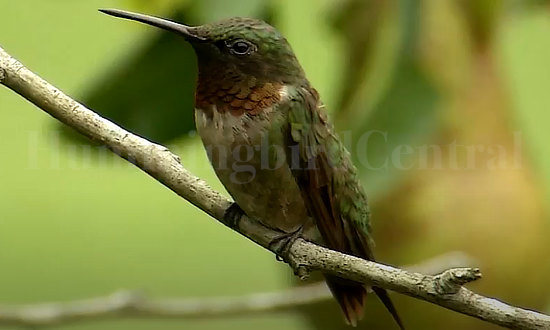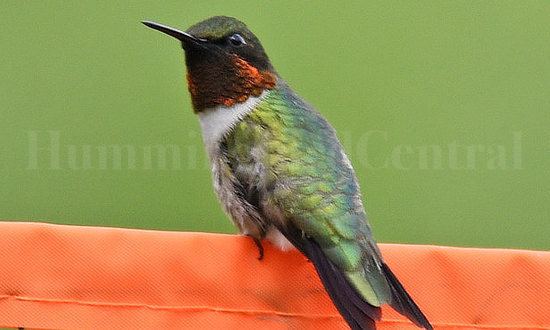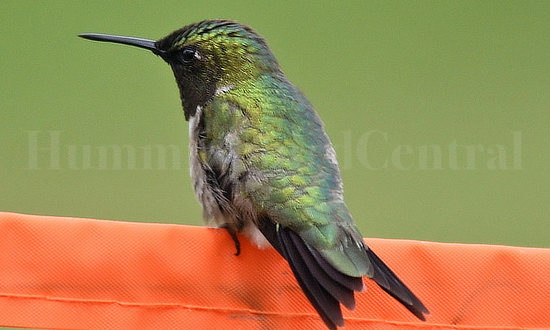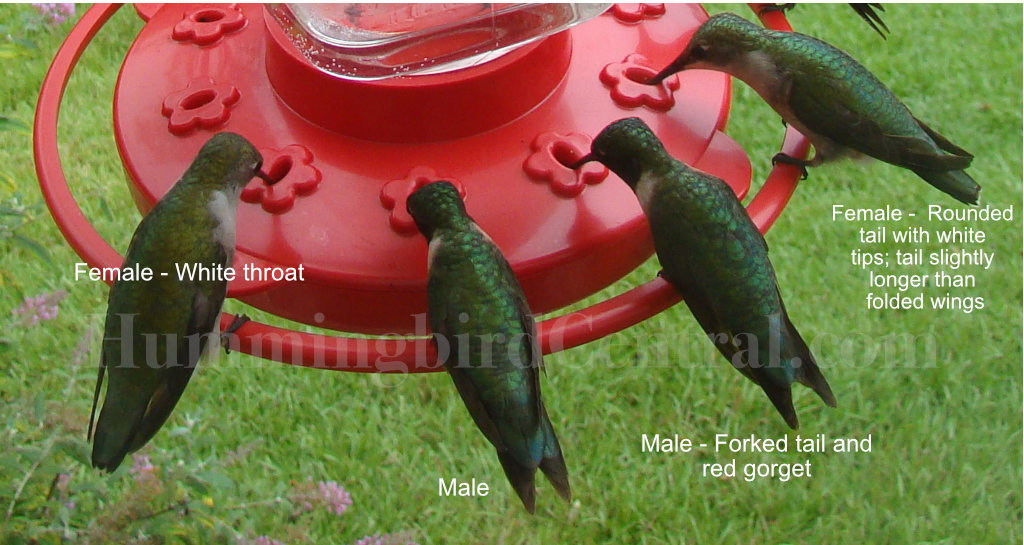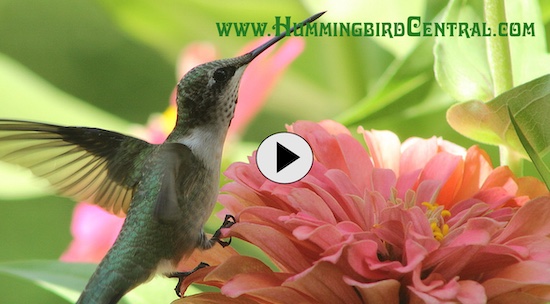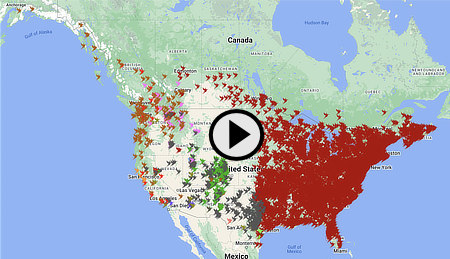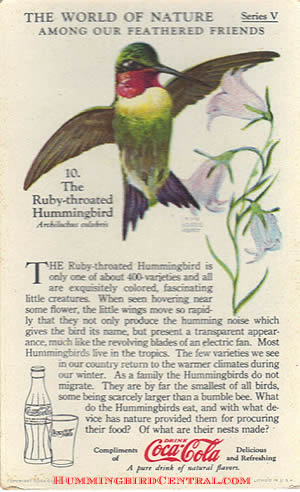Ruby-throated Hummingbird
Common Name |
Ruby-throated Hummingbird |
|||||||||||
Scientific Name |
Archilochus colubris |
|||||||||||
Length |
3 3/4" |
|||||||||||
Weight |
Weight can range from 2 to 6 g (0.071 to 0.21 oz), with males averaging 3.4 g (0.12 oz) and the slightly larger female averaging 3.8 g (0.13 oz) |
|||||||||||
Estimated Population in the U.S. & Canada |
34,000,000 per the American Bird Conservancy |
|||||||||||
Range The only hummingbird found consistently all over the Eastern U.S. and Canada. Ruby-throats gather in Florida, Louisiana and along the South Texas coast in September in preparation for the final push to the south, either over the Gulf of Mexico or via an overland route through Mexico. First arrivals in the spring, usually males, are back in Texas and Louisiana in late February to mid-March. In more northern states and Canadian provinces, first arrivals are not until April or May. Most will migrate south in winter to countries such as Mexico, Belize, Guatemala, El Salvador, Honduras, Nicaragua, Costa Rica, and northern Panama. However, some Ruby-throats do spend the winter along the U.S. Gulf Coast, from Texas to Florida, and some along the southern Atlantic coastal regions. |
||||||||||||
Lifespan of the Ruby-throated Hummingbird The average life span is estimated by experts to be 3 - 5 years. Most deaths occur in the first year of life. The record age of a banded ruby-throated hummingbird is 6 years, 11 months. |
||||||||||||
Characteristics and Identification Very rare forms of Albino and white Leucistic Ruby-throated Hummingbirds do exist. The Ruby-throated and Broad-tailed are similar in many ways. But they occupy separate ranges, Ruby-throats in the Eastern US and Broad-tails in the Western US. And the red gorget of the male Ruby-throat can appear black in certain light and at certain angles, as seen in the comparison photos below. |
||||||||||||
|
||||||||||||
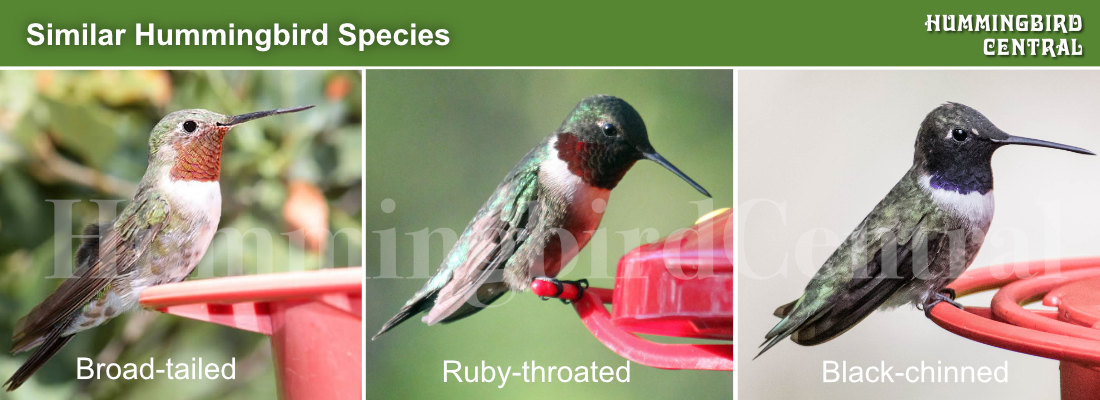 |
||||||||||||
Included below is a map showing the average spring migration arrival dates for Ruby-throated Hummingbirds in North America. Arrival dates vary from year to year and from location to location, depending on a number of weather-related
conditions and other environmental factors. 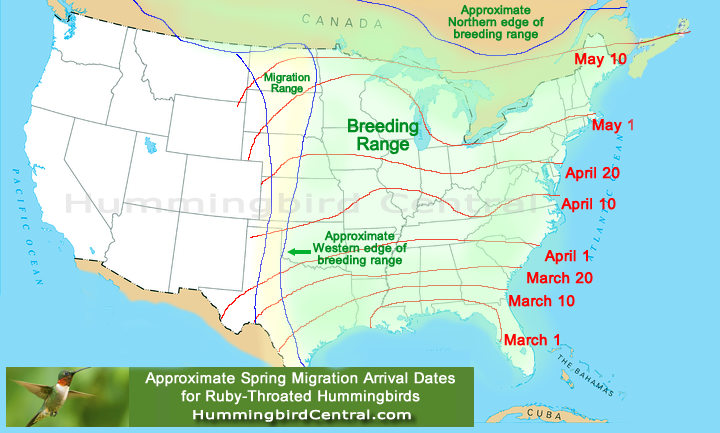 |
| Ruby-throated Hummingbird enjoying necar from California Giant Zinnias! |
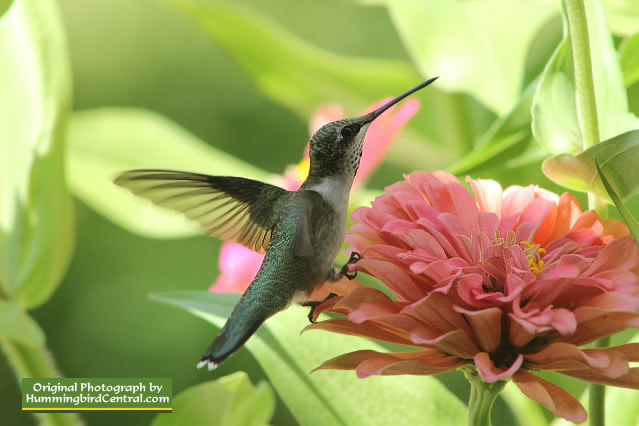 |
| Ruby-throated Hummingbird ... yes, it IS my feeder! |
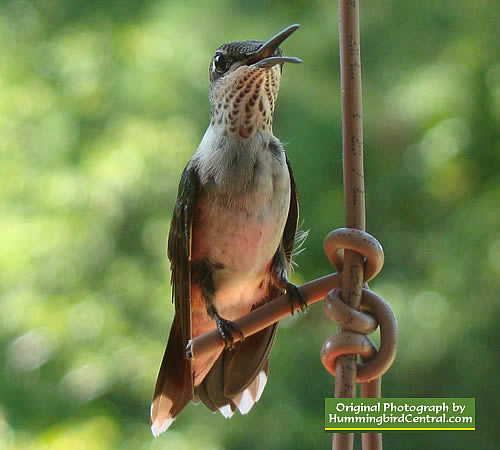 |
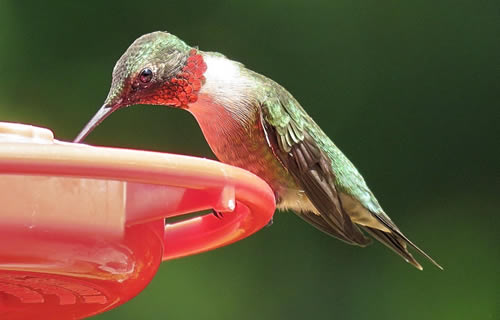 |
| Ruby-throated Hummingbird at feeder amidst Tropical Milkweed |
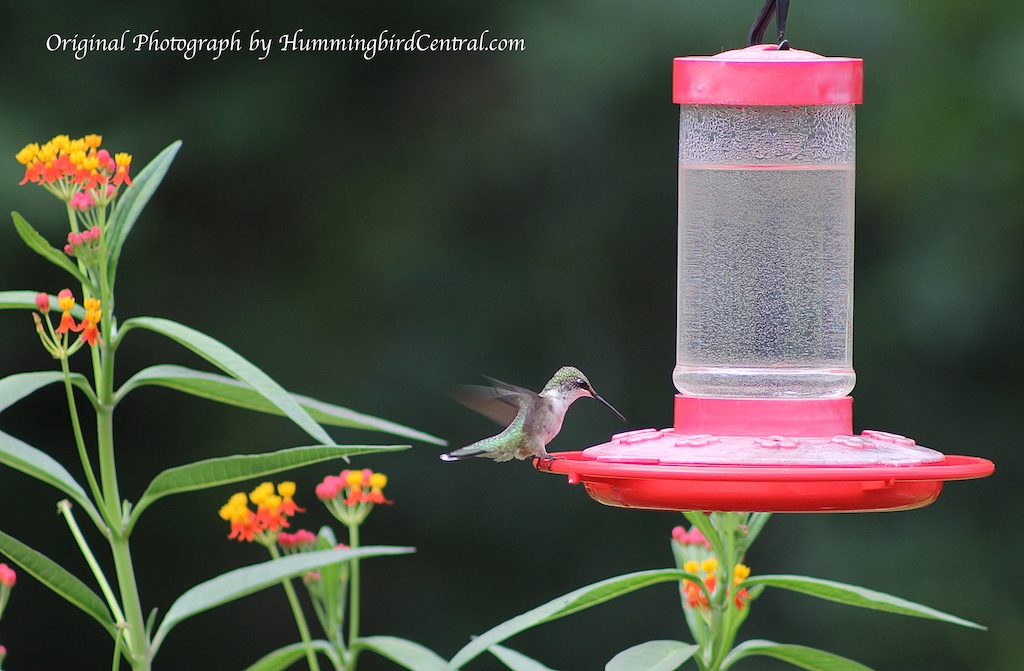 |
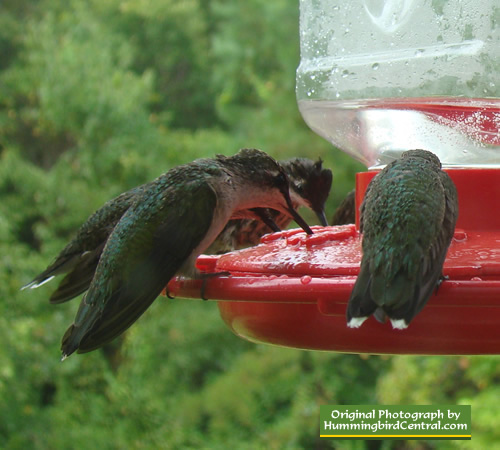 |
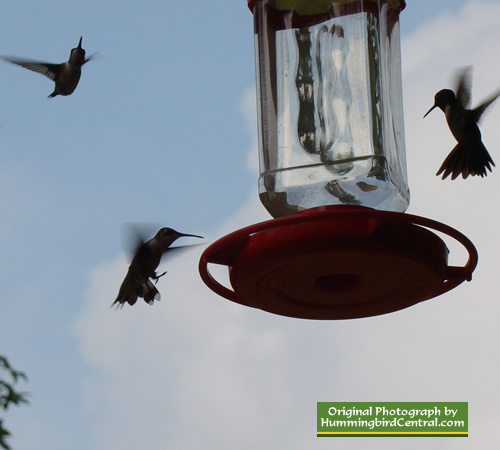 |
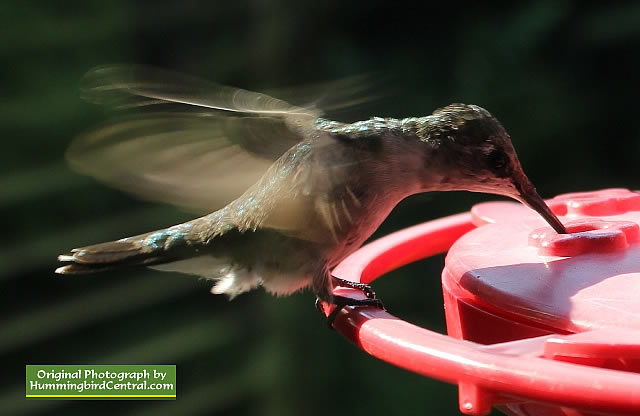 |
| Ruby-throated Hummingbird ... sitting stunned after flying into a window ... it was fine, and flew off! |
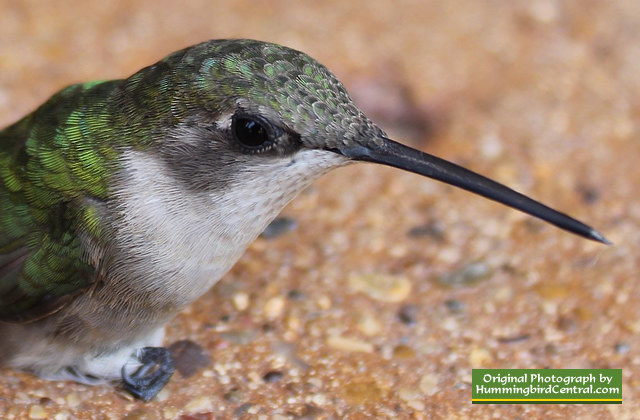 |
Need hummingbird garden inspiration? Visit these beautiful gardens on our other website! |
||
 |
 |
 |
| Beautiful adult male Ruby-throated Hummingbird in North Carolina |
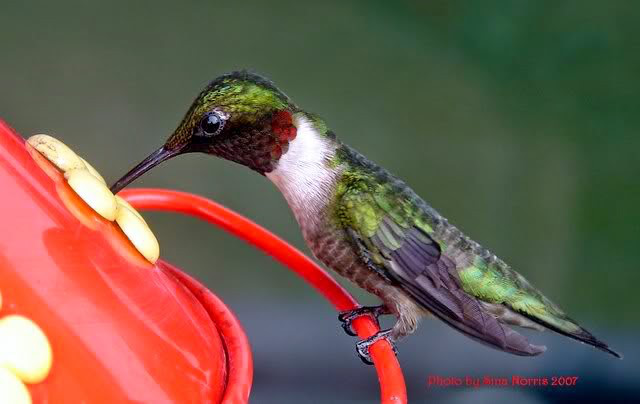 |
(Photography by Sina Norris) |
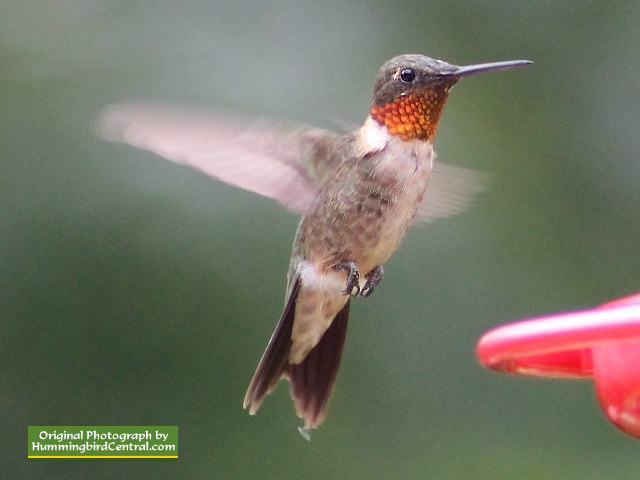 |
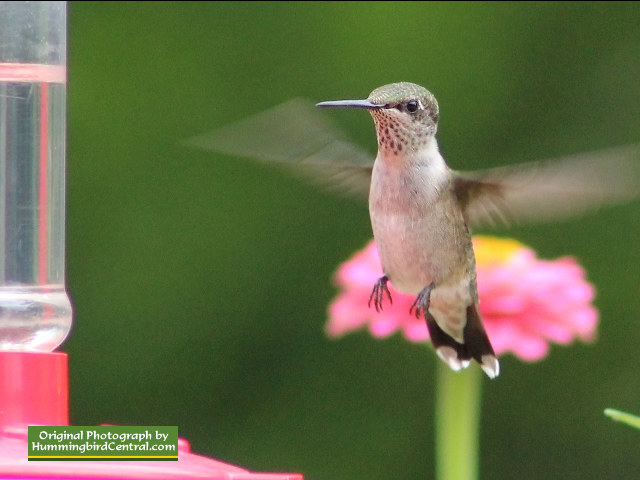 |
| Young male Ruby-throated Hummingbird |
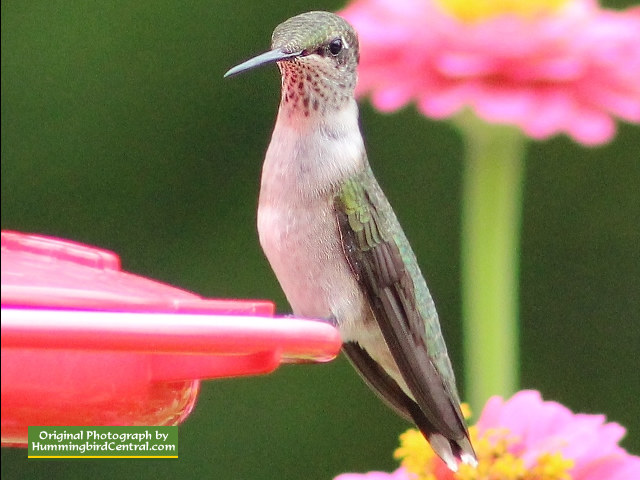 |
| Male Ruby-throated Hummingbird at feeder in San Antonio, Texas |
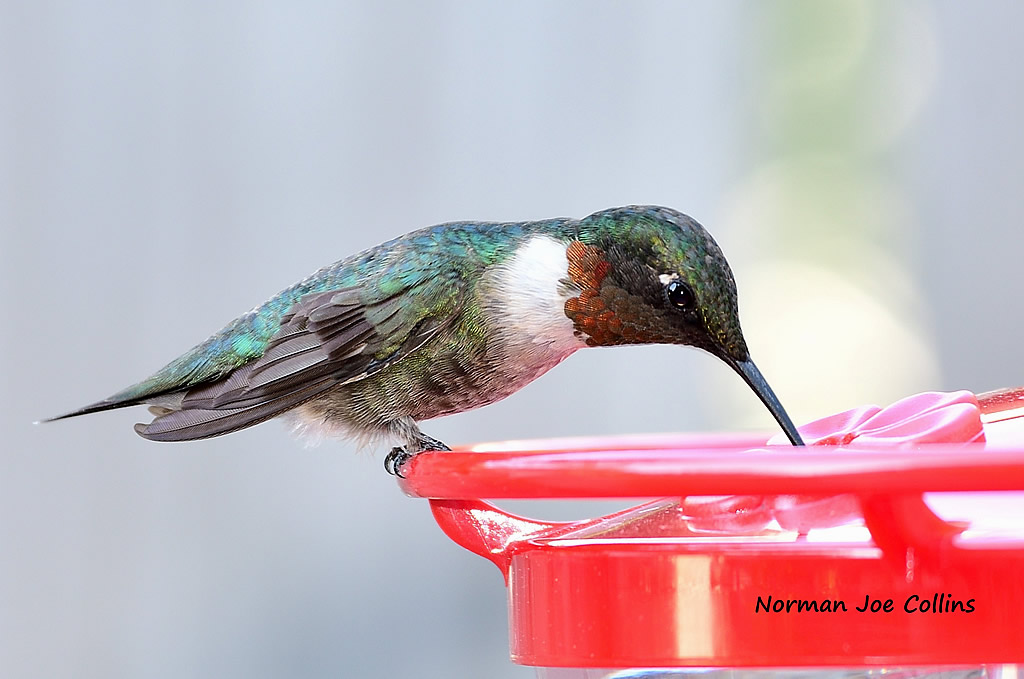 |
(Photo by and courtesy of Norman Joe Collins) |
| Maybe a bit chilly! Fluffed-up Ruby-throated Hummingbird |
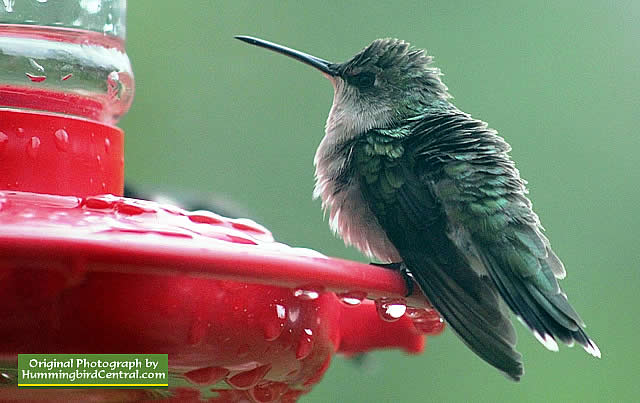 |
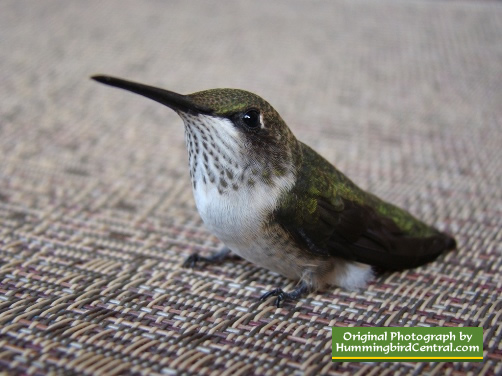 Ruby-throated Hummingbird ... Sitting alone on a lawn chair! |
Ruby-throated Hummingbird Video
The Ruby-throated is the only hummingbird found consistently all over the Eastern U.S. and Canada.
The average life span is estimated by experts to be 3 - 5 years. The record age of a banded ruby-throated hummingbird is 6 years, 11 months. The average length is 3 3/4".
This video features information about the Ruby-throat, including photos, quick facts and migration patterns. It runs only about 3 minutes and features some easy listening music, so turn up your volume and meet the Ruby-throated hummingbird!
Spring Ruby-throat Migration 2024 Animated
| Hummingbird Spring Migration Sightings Map for 2024 (Animation) |
Many hummingbirds spend the winter in Central America or Mexico, and migrate north to their breeding grounds in the southern and western United States as early as February, and to areas further north later in the spring. The first arrivals in spring are usually males.
The Hummingbird Central website tracks the annual spring hummingbird migration in North America with the help of its viewers as they submit their first hummingbird sightings from their locales.
The spring 2024 Hummingbird Migration Map project began in late January of 2024, and ended in May of 2024, when most hummingbirds had reached their northernmost breeding grounds in the Canadian provinces.
This video features an animation showing how the map of the migration evolved during the spring. It runs only about 3 minutes and features some easy listening music, so turn up your volume and relive the 2024 hummingbird migration!
 |
The World of Nature, Series V"Among Our Feathered Friends" - #10 The Ruby-throated Hummingbird Distributed by the Coca-Cola Company - Circa 1930s Card size of 2-1/2" x 4", with artwork by Lynn Bogue Hunt (from the author's collection) |


